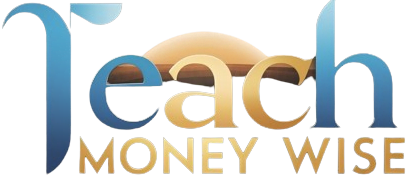As the world becomes more digitalized, managing debt can be made easier with the use of innovative technological tools. In the digital age, you can now track and manage your debt more efficiently, eliminating the traditional paper trail that many find cumbersome. This article serves as a guide to managing debt in the digital age, delving deep into various digital tools that can aid you in efficiently managing and eventually clearing your debts.
What is Debt Management?
Debt management refers to the approach and strategies employed to handle and pay off debts. It involves coming up with payment plans, negotiating with creditors, and possibly consolidating multiple debts into one. Effective debt management can help prevent the accumulation of late fees, reduce interest rates, and avoid bankruptcy.
In the past, debt management was typically overseen by counselors or financial advisors. But today, with advancements in technology, there are numerous digital tools available that can help you manage your debt right at your fingertips.
The Rise of Debt Management Tools
With the development and fast-paced advancement of technology, many aspects of our lives, including debt management, have been made more convenient. There has been an increase in the development of digital tools, specifically designed to help individuals manage their debts more efficiently. These tools offer a broad range of features like automatic transaction tracking, personalized budgeting, expenditure breakdowns, and more. This has made it possible for individuals to take control of their financial situation without the need for a physical advisor.
A Guide to Debt Management Tools
While there are numerous debt management tools available, this section will discuss a selection of the most popular tools, along with their primary functions and benefits.
Mint
Mint is a free personal finance management tool that allows you to link your bank accounts, credits cards, and monthly bills for a consolidated view of your financial status. Mint provides you with personalized suggestions based on your spending habits and alerts you when bills are due, helping you to avoid late payments.
Ynab (You Need a Budget)
YNAB is specifically designed to help you get control of your budget and finances. It uses a unique approach known as “Zero-Based Budgeting,” where every dollar you earn should have a job, either to be spent or saved. This app offers complete budgeting flexibility, allowing you to adjust your budget when needed.
Debt Payoff Planner
Debt Payoff Planner takes a strategic approach to managing debt. It uses both the snowball and avalanche methods to calculate the fastest way for you to pay off your debts. You can track your progress towards becoming debt-free through the payoff tracker.
Credit Karma
Credit Karma keeps track of your credit score and updates it regularly. It offers personalized suggestions to improve your credit score, and it alerts you whenever there are changes to your credit report.
Conclusion
Debt management in the digital age can be made easier with the right tools. Leveraging these tools can help you reduce your debt load and be on your way to financial freedom. Before settling on a particular debt management tool, it’s important to understand your financial needs and goals, and then choose a tool that aligns with them. With careful planning, research, and the right digital tool, managing your debt can be a hurdle you can comfortably overcome.
FAQs
1. Which is the Best Debt Management Tool?
There is no universal best tool as each person’s debt situation is different. The best tool is one that meets your individual debt management needs and fits within your budget.
2. Are Debt Management Tools Safe?
Most reputable debt management tools use encryption and security measures to protect your information. However, it’s vital to read their privacy policies to understand how your data is being used.
3. Do Debt Management Tools Affect My Credit Score?
No, using a debt management tool doesn’t directly affect your credit score. They simply provide avenues and plans for you to pay off debts, which, when done correctly, can improve your credit score.
4. Can I Use More than One Debt Management Tool?
Yes, you can. Some tools have unique features not found in others. Using more than one tool can help you benefit from these diverse features.
5. Are Debt Management Tools Free?
Some tools are free while others require payment for their services. Free tools often have premium options that offer more features.













